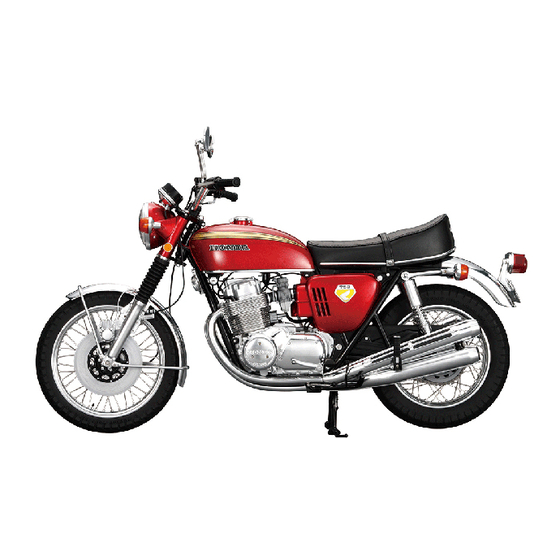Screws
Several sizes and types of screw are used in this series. They can look very similar, so you
will need to identify them carefully by referring to the table, below right. It is best to keep
screws of the same type together in a labelled plastic bag or other suitable container, to
make it easy to find them and stop them getting mixed up with other types of screw.
Machine screws and self-tapping screws
The differences between machine
screws and self-tapping screws were
mentioned briefly in Stage 5. The main
difference is the spacing of the threads:
with a machine screw, there are more
than on a self-tapping screw and they are
closer together, creating a stronger hold
Because the instrument housing is made
of ABS plastic, a self-tapping screw was
used to secure it.
between the screw and the part that it
is screwed into. The self-tapping screw
has to cut the internal thread in the hole
it's going into, which is why its threads
are spaced further apart and at a greater
angle. In this series, they are used to fix
plastic parts.
A machine screw (on the
left) and a self-tapping
screw (on the right).
The top yoke is a die-cast part, so a
machine screw was used to hold it
in place.
Honda CB750 FOUR: Assembly Guide
Countersunk and pan
Screws have different-shaped heads, as
well as different type of thread. The photo
below left shows a countersunk screw,
on the left, and a pan-head screw, on the
right. Countersunk screws are used when
the top of the screw needs to be flush with
or sunk below the surface of the part it is
A countersunk screw (left) and a pan-head
screw (right).
Screw list
Type
Kind
Head shape
A
Screw
Pan
B
Screw
Pan
C
Screw
Hexagonal
D
Screw
Pan
E
Screw
Pan
F
Screw
Hexagonal
G
Self-tapping screw
Pan
H
Screw
Dish
I
Self-tapping screw
Pan
J
Self-tapping screw
Pan
K
Screw
Cap (hex)
L
Screw
Hexagonal
M
Screw
Pan
N
Screw
Pan
O
Self-tapping screw
Pan
P
Screw
Dish
Q
Screw
Hexagonal
securing (below right), creating a stronger
hold. These screw heads are quite often
hidden from view because they are flush
or sunken. Pan-head screws are used when
parts are too thin for a countersunk screw,
or when a visible head adds authenticity to
the appearance of the model.
This is an example of where a countersunk
screw is used.
Size (W × H)
Colour
2 × 6mm
Black
2 × 5mm
Black
2 × 5mm
Silver
2 × 5mm
Black
2.3 × 6mm
Black
2 × 5mm
Silver
2 × 5mm
Black
2 × 5mm
Black
2 × 5mm
Black
2.3 × 6mm
Black
2 × 3mm
Silver
2 × 3mm
Silver
2 × 5mm
Silver
2 × 6mm
Silver
2 × 5mm
Silver
2 × 5mm
Black
2 × 5mm
Silver
31

